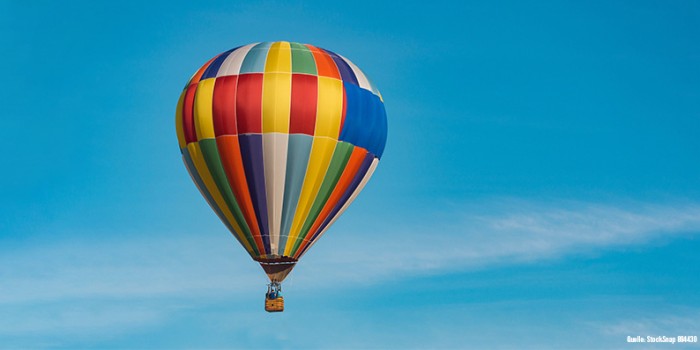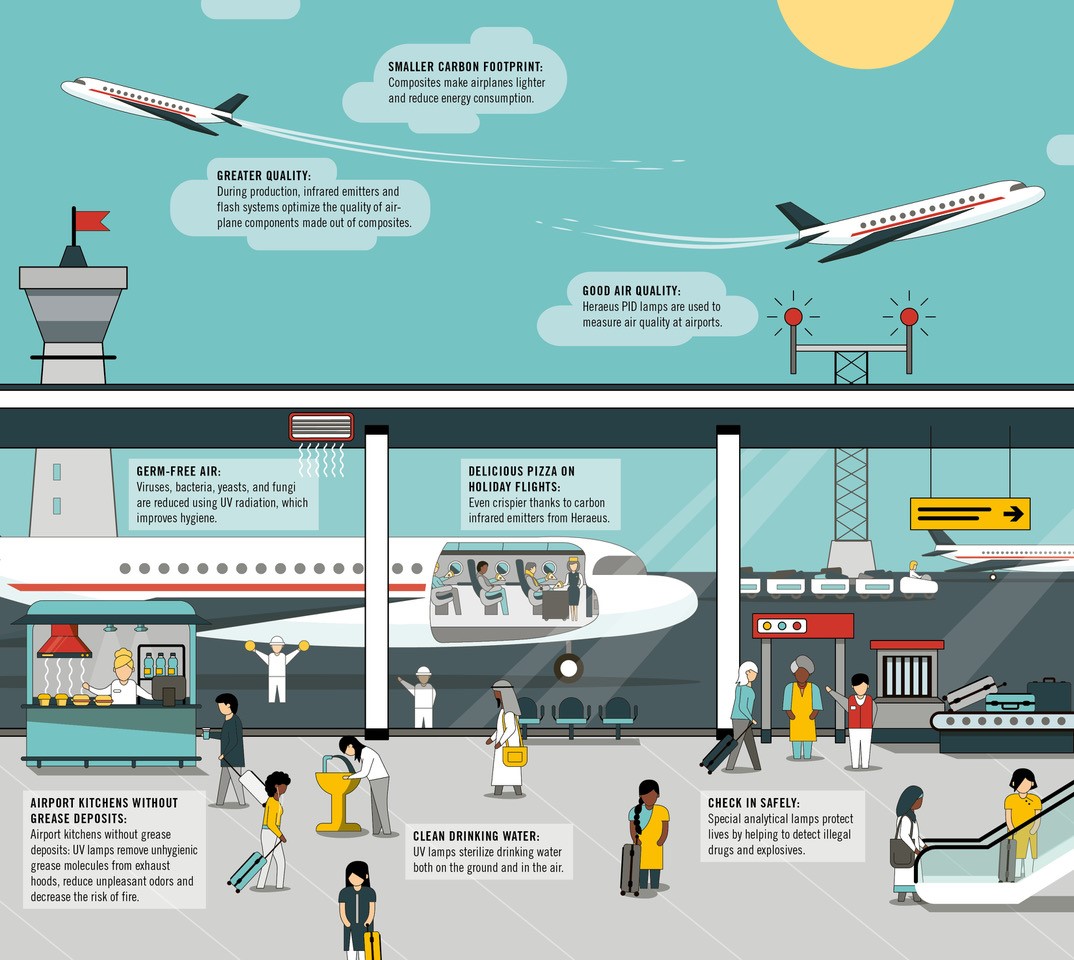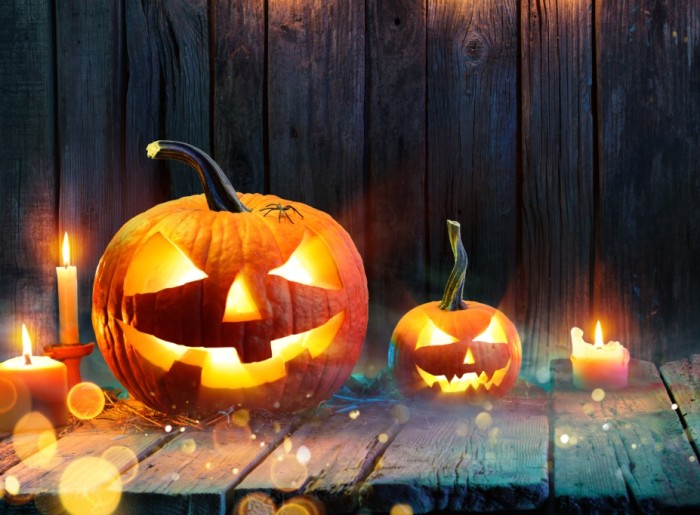It’s the warmest time of the year, most people take a little break from work to recharge their batteries: The summer holidays are coming! Whether it's a trip to the sea with fantastic beaches, a relaxing holiday in the middle of nature or a cruise with wonderful views of different coasts. Of course, a cozy evening in a nice restaurant on board should not be missing. A well-equipped, clean and safe kitchen on board is necessary to serve a freshly prepared and delicious meal to the tourists.
For this reason, cruise ships are subject to particularly strict safety and fire protection regulations. These are used, for example, in the ship's restaurant, because cooking produces vapors that contain highly flammable fats. These are increasingly deposited in the kitchen hoods and there is a high risk of fire.
To avoid this, UV light is used in the kitchens of cruise ships. because UV systems in the kitchen hoods destroy and neutralize the molecules of grease and odors. As a result, the risk of fire will be reduced. A nice side effect - the hood body must be cleaned much less frequently. This considerably reduces the cleaning costs.
UV light also can neutralize odors that arise during cooking. Cruise tourists do not have to worry about being disturbed on deck by fumes from the restaurants. Nothing stands in the way of a relaxing experience on board!
Would you like to learn more about the reduction of odors and fats in kitchen exhaust air? Click
here
for more information.
UV light is used in many other places of large ships. For example, UV light is also used in the ballast water of large ships. Special UV lamps disinfect the water in the ballast water tank and they make the bacteria and pathogens inactive.
Are you interested in our special topic: How can UV light treat and disinfect water?
Click
here
to learn more about UV ballast water treatment.
Have you ever wondered how the beautiful wood decoration and furniture on cruise ships remain so glossy and scratch-resistant?
UV light cures the varnishes, that are on the wood and achieves these properties on the furniture. But UV light also provides a great surface for matt coatings.
Click
here
to learn more about drying and curing varnish on wood with UV.
Did you also know that our light sources can be used for emission monitoring of ship exhaust gases?
You can determine different gases, among others nitrogen oxides or Sulphur but also dust and soot particles with a special
spectroscopy
method. Special light sources such as
FiberLight D2
, a compact UV Vis light source or
NOx
UV light sources are used.




































































